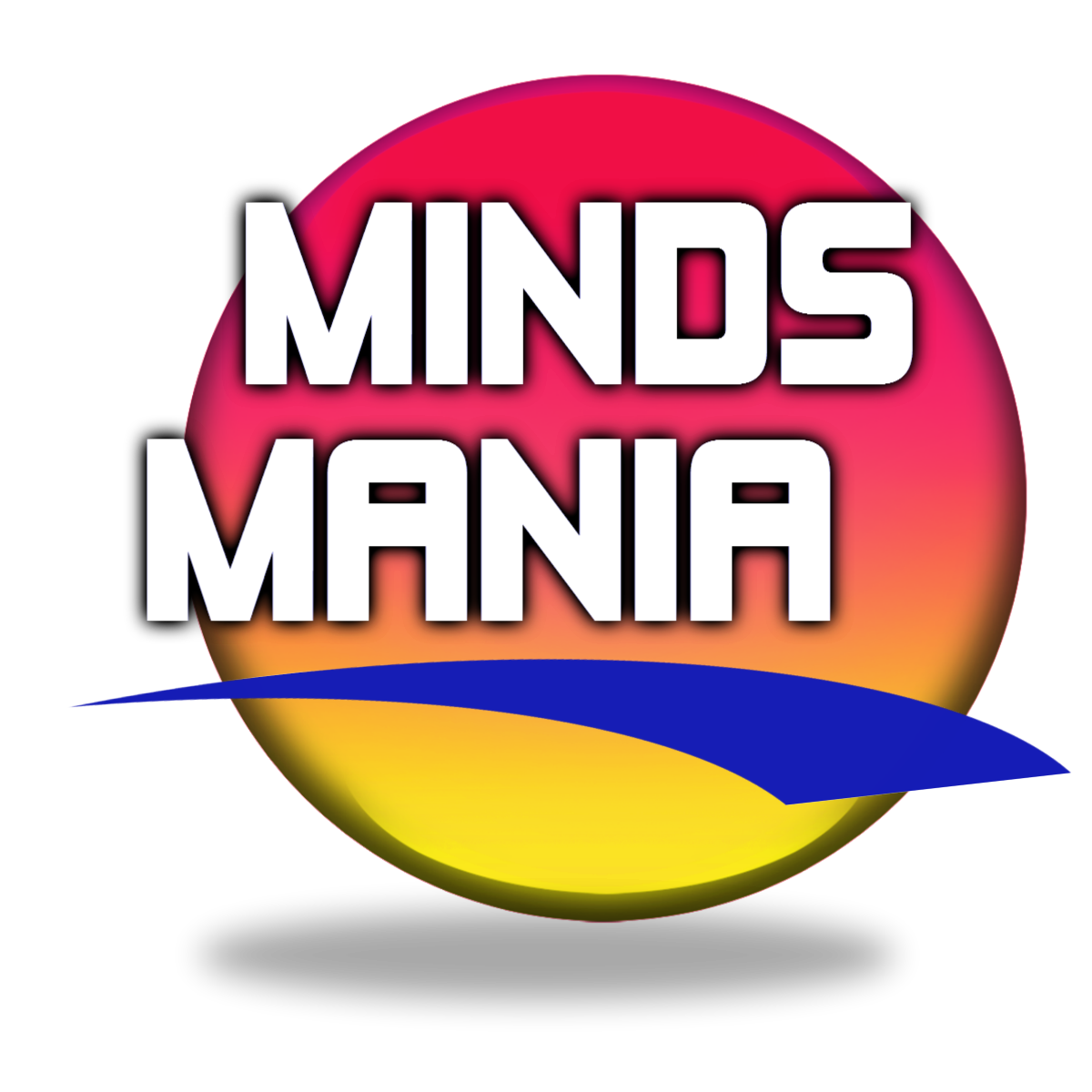 |
| Python Programming |
Python is a high-level, interpreted programming language known for its simplicity and readability. It was created by Guido van Rossum and first released in 1991. Here are some key features:
1. Readability:
Python emphasizes code readability and clarity, using indentation and whitespace instead of braces. This makes the code easy to understand and reduces the cost of program maintenance.
2. Versatility:
Python is a general-purpose language that can be used for a wide range of applications, including web development, data analysis, artificial intelligence, scientific computing, automation, and more.
3. Interpreted Language:
Python is an interpreted language, meaning the source code is executed line by line. This allows for rapid development and testing.
4. Large Standard Library:
Python comes with a vast standard library that includes modules and packages for various tasks, reducing the need for extensive coding from scratch.
5. Community and Ecosystem:
Python has a large and active community, contributing to a rich ecosystem of third-party libraries and frameworks. Popular libraries include Django for web development, NumPy for scientific computing, and TensorFlow for machine learning.
6. Object-Oriented:
Python supports object-oriented programming, encouraging the organization of code into reusable and modular components.
7. Dynamic Typing:
Python uses dynamic typing, allowing variables to change types during runtime. This can make code more flexible but requires careful consideration.
8. Cross-Platform:
Python is cross-platform, meaning code written in Python can run on various operating systems without modification.
"Overall, Python's simplicity, versatility, and strong community support have contributed to its widespread adoption and popularity in the programming world."







0 Comments